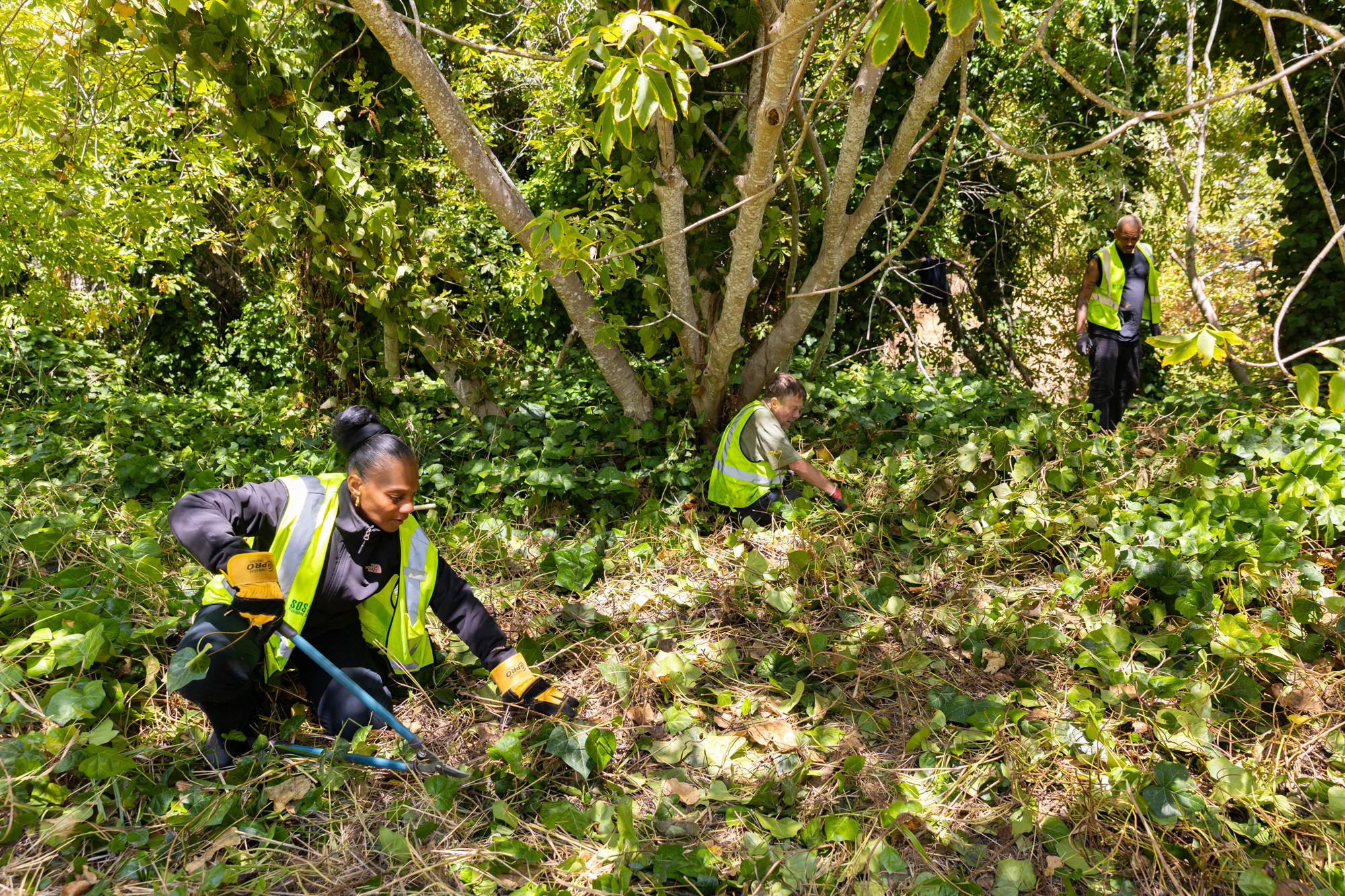
"He wasn't always like this. "I never thought I would give a damn," he said. "I'm aware now." That changed after Adams joined a pilot program teaching unhoused residents ecological literacy and creek restoration. It's a novel approach to addressing the environmental harms brought on by the growing number of people setting up camp along creeks and canals as homelessness surges in California."
"The researchers estimate 10% of California's unhoused population - about 18,700 people - lives along waterways. In the absence of enough affordable housing and shelter, it feels like the best of bad options for many. "People like to be along streams because they're out of sight, out of mind," said Costanza Rampini, an environmental studies professor at San José State University and one of the study leads. She and her students interviewed more than 300 people living along waterways."
Adams began removing garbage and invasive ivy from a nearby creek after joining an eight-week pilot program that teaches ecological literacy and creek restoration to unhoused residents. The program was run by the Contra Costa Resource Conservation District, the nonprofit Safe Organized Spaces Richmond and researchers as part of a larger Bay Area study. Researchers estimate about 10% of California's unhoused population—roughly 18,700 people—live along waterways. People choose streams for concealment, access to water for drinking and washing, shade, and softer ground. Cities have increased encampment crackdowns, and officials warn that camps are polluting waterways.
Read at Kqed
Unable to calculate read time
Collection
[
|
...
]